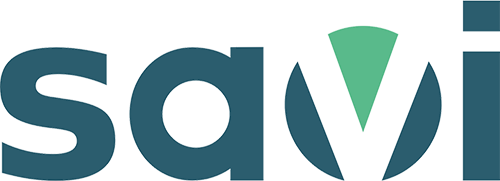Students & Student Loans
As a student, you are navigating big financial decisions for the first time: where to go to college, how to manage your meal plan budget, or getting your first credit card.
Starting to build your financial foundation will pay off for the rest of your life because you have something right now that you can’t get back: time.
This site for Financial Gym is part of an affiliate sales network and receives compensation for sending traffic to partner sites, such as CreditCards.com. The compensation Financial Gym receives may impact how and where links appear on this site. Financial Gym does not include all financial companies or all available financial offers.
Secured Cards for Students
Building credit early will set you up for life after college.
With good credit, you can secure your first apartment lease, get a great rate on a car loan, and qualify for a rewards card with great perks to travel for less. But first, you need to build credit and a secured card is the perfect place to start.
A secured credit card works just like any other credit card (AKA unsecured credit card)—you swipe it for purchases and pay your bill at the end of the month.
But there is one major difference: a secured credit card requires a deposit—the deposit is typically between $200-$500 and that becomes the credit limit on the card. The credit card company is essentially loaning your own money back to you and reporting your payments to the credit bureaus so you can build credit.
Types of Student Loans
Student loans help people achieve their education goals.
While these loans can become a burden if unchecked, many of us (about 70% of American students) will need student loans to complete our degrees. Becoming as informed as possible about student loan terms and repayment schedules can empower you to get the most out of your education without jeopardizing your future.
Federal Student Loans
Whether you are an undergraduate or graduate student, we recommend using federal student loans offered by the U.S. Department of Education as much as possible to cover the cost of school. Go to https://studentaid.gov/ to see all your federal options.
Federal student loans offer multiple perks such as different repayment options and deferment/forbearance options that may lower or pause your payments if you have any trouble repaying the loans. These options are not always available with private student loans.
Loan Repayment Help
Savi is a company that helps student loan borrowers understand and tackle their debt. They connect borrowers with information about the best repayment plans for them as well as identify opportunities to lower payments, obtain loan forgiveness, and reach student loan freedom.
We love that anyone can sign up for a DIY Savi membership, link your student loans, and see all your repayment options, absolutely for free.
If you want help with the paperwork required for Public Service Loan Forgiveness and Income Driven Repayment plan enrollment, you can upgrade to a paid membership.
Are you scared or confused about your federal student loan options?
Savi
Savi takes a holistic approach to helping student loan borrowers tackle student debt and eliminate fear, shame, and confusion in the process. They connect borrowers with information about the best repayment plans for them as well as identify opportunities for forgiveness to help them save money and reach their financial goals.
Private Student Loans
If you have taken out the maximum amount of federal student loans possible, you may then need to supplement with private student loans to pay for the rest of your education.
Shop around below to compare interest rates, origination fees, and repayment options. You may need a cosigner (this can be a parent or family member) to qualify for a private student loan if you have little to no credit history.
Refinancing
If you have previously taken out private student loans, refinancing these loans can be a great option to lower your interest rate and/or monthly payment. Refinancing just means taking out a new loan to pay off the old private student loan you currently have and if you can get a new loan with a lower interest rate but a similar monthly payment, you will pay the loan off faster and with less interest.
We recommend refinancing your private loans if they are at a high interest rate and monthly payment. Shop around below to compare your refinancing options. Note that we generally do not recommend refinancing your federal student loans to private loans, even for a lower interest rate, as you lose all the perks and benefits of federal student loans.
How to apply for a loan
You can apply for loans directly through banks or other lenders, and you can use a marketplace that allows you to compare quotes from multiple lenders at the same time.

How can I lower my student loan payment?
Depending on your situation, switching to a different repayment plan could reduce your monthly payment.
All federal student loan borrowers start off on the standard ten-year repayment plan. If you can afford these payments while still saving and avoiding credit card debt, you may want to stick with this plan because it will allow you to pay your loans off the quickest while paying the least amount of interest.
If not, contact your student loan servicer to review your options for other repayment plans. To get an idea of what might make the most sense for you, you can also use Federal Student Aid’s Loan Simulator to get a preview of your potential options.
These may include…
Income-Driven Repayment Plans:
For most people with low-to-mid-range incomes, an income-driven repayment plan is the best option for reducing the payment amount. Your payment will be between 10%-20% of your “discretionary” income.
While you might think of your “discretionary” income as money left over after you pay your bills, the Department of Education actually defines it as your gross income minus 150% of the federal poverty level. As of 2023, the federal poverty level is $14,580 for an individual.
Extended Repayment Plan:
The extended repayment plan gives you a longer term to repay your loans (up to 25 years), which reduces the payment compared to the standard repayment plan. This may be an option for high-income earners seeking a lower payment.
Graduated Repayment Plan:
With a graduated repayment plan, your payment starts out low but increases every two years. This could be an option for someone who feels confident that their income will increase enough to keep up with the growing payments.
Consolidation might also be an option for lowering your payments while remaining on the standard repayment plan because it restarts a new ten-year period. This will stretch out your payoff timeline which reduces your payment but also increases your total interest paid.
For private student loans, you may be able to reduce your payment by refinancing to either get a lower interest rate (most ideal but not always possible) or extend your repayment timeline.
Do I qualify for any forgiveness programs?
Since the Biden administration’s student loan cancellation policy was struck down, you may be wondering whether you have any other shots at forgiveness. Currently, the two main forgiveness programs are Public Service Loan Forgiveness (PSLF) and Income-Driven Repayment (IDR).
PSLF:
Public Service Loan Forgiveness (PSLF) is only for borrowers who work for non-profits or governmental agencies.
You need to make 120 qualifying payments (10 years) and certify that you worked for an eligible employer each year.
Use the PSLF Help Tool to look up whether you work for an eligible employer and start the PSLF process.
IDR:
Borrowers are eligible for income-driven repayment after they make payments on their loans for 20 or 25 years (how long depends on the type of your loans).
Borrowers on this path should be aware that historically, the remaining balance on your loans is considered taxable income when it’s forgiven. There is an exception in place through 2025.
Less common forgiveness and discharge options include:
✅ Disability Discharge
✅ Bankruptcy Discharge
(in some cases)
✅ Teacher Loan Forgiveness
✅ Borrower Defense Loan Discharge
✅ Closed School Loan Discharge






